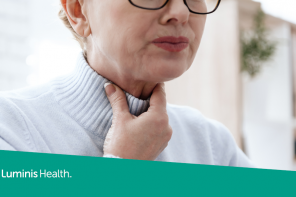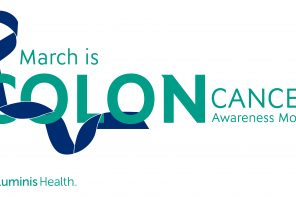Deciding to make a major lifestyle change — like quitting smoking — can be a challenging task. Nicotine is the real culprit in making it difficult to quit. Nicotine is present in all tobacco products, and is the substance that causes dependence on tobacco. Having the right tools to help you quit can lead you to success. Medication is one tool some people use to help quit smoking.
As a certified tobacco treatment specialist (TTS), people trying to quit often ask me, “Which medication works the best?” My answer is always, “The best medication is the one that works for you!” Here are the seven FDA-approved medications available to help people quit their smoking habit.
But remember, medication isn’t always the answer; in fact, some people are able to successfully quit smoking without using these aids. Before trying any new medication, you should talk with your healthcare provider to make sure the fit is right for you.
Take our pledge to love your lungs, and be entered to win a $50 Visa gift card!
- Chantix (Varenicline) This is the newest medication to treat tobacco dependence. It targets the nicotinic receptors in your brain, which are the source of nicotine addiction. The medication works by gradually lowering a person’s desire to smoke. As with any medication, Chantix affects each individual differently and there may be side effects. Before getting a prescription, talk with your healthcare provider to determine if it’s right for you.
- Zyban (Wellbutrin, Bupropion) This prescription has been available for several years. Originally prescribed to treat depression, Wellbutrin was found to reduce a person’s desire to smoke. It is often used in combination with nicotine replacement medications.
There are five different types of nicotine replacement therapies (NRTs). These medications provide nicotine to the body of someone who is nicotine dependent. Using NRTs allows for a gradual withdrawal from nicotine and helps avoid or reduce nicotine withdrawal symptoms. Withdrawal symptoms can include, irritability, intense cravings or urges to smoke, headaches, restlessness and others.
- The Nicotrol® inhaler This prescription medication isn’t really an inhaler, but more like a “puffer.” The liquid nicotine gets absorbed through the lining of the mouth. It is not inhaled into the lungs. The inhaler is fast-acting, giving quick relief from nicotine cravings. While they may look similar, they inhaler should not be confused with electronic cigarettes or vape cigarettes. Electronic cigarette devices are not yet fully regulated and are not FDA approved for quitting smoking.
- Nicotine nasal spray This is the fastest working of all the NRTs. The nicotine from the nasal spray is absorbed through the lining of the nasal passages. It should be avoided for anyone who has sinus troubles.
These three nicotine replacement medications are over-the-counter.
- Nicotine patches The patch is the only long-acting nicotine replacement medication. This means it enters the system slowly and stays there longer. Most people tolerate this well with few side effects.
- Nicotine gums This fast-acting option isn’t chewed like regular gum, but rather chewed until nicotine is released (a tingling or peppery taste on the tongue). Users then keep the gum between the cheek and gum. This process is repeated as needed.
- Nicotine lozenges These are also fast-acting and dissolve gradually. For both lozenges and gum, the amount used is based on each individual’s level of nicotine dependence. The more severe the dependence is, the higher amount of medication is needed to ease withdrawal symptoms.
Nicotine dependence is considered a disease. Just like other diseases, medication can be a solution. Make sure you have all the tools you need to regain control over your health. Talk to your healthcare provider so you have what you need to quit tobacco for good.





